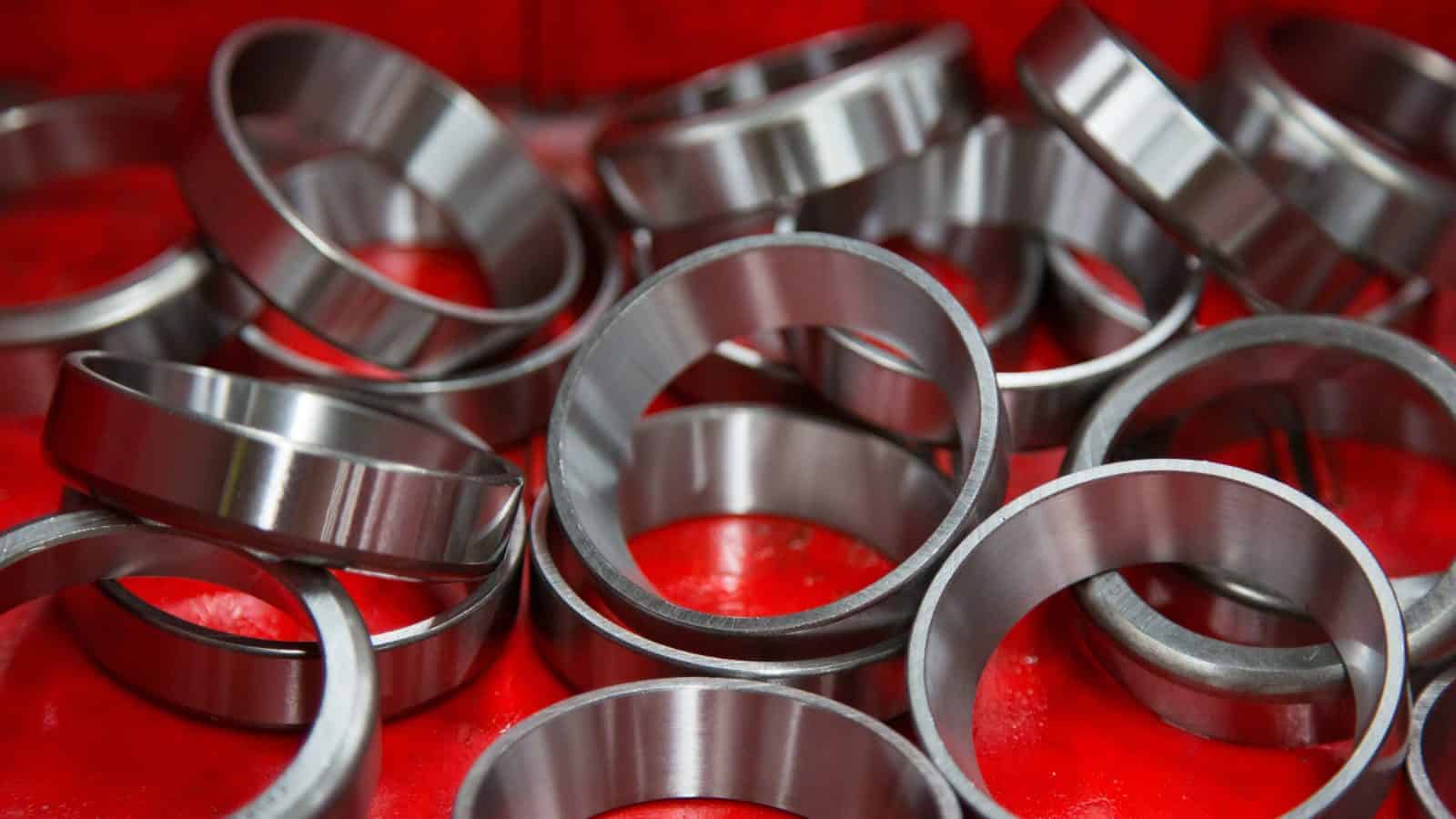Vaccines: What’s Next?

The creation of several safe and effective vaccines within a single year is historic. But what can we expect to happen next? NAM Vice President of Infrastructure, Innovation and Human Resources Policy Robyn Boerstling spoke to us about the vaccine rollout—and what this achievement tells us about the state of American public policy.
What’s next: For Pfizer and Moderna, the next step is to ask the U.S. Food and Drug Administration for emergency use authorization. In fact, Pfizer is set to do so today, though the approval process is likely to take a few weeks.
The vaccine manufacturers are also focusing on the rollout process.
- That includes not only mass production, but also mass distribution across 64 jurisdictions that include every state, territory and tribal nation in the United States.
- Those jurisdictions have submitted plans to the Department of Health and Human Services for consideration, and manufacturers will work with all governments to make the process go smoothly.
How they’ll do it: In some cases, this will involve a public–private partnership with manufacturers through Operation Warp Speed, which will help distribute kits that include needles, vials, alcohol wipes and other important elements.
- It will also involve a system for ordering and tracking vaccines that allows the federal government to keep tabs on who is getting the vaccine and when.
- Some vaccines require two doses, which means that coordination is especially key—local governments and manufacturers must ensure that patients can get a second dose at the right time.
It takes a village: Boerstling emphasized that the vaccines’ development relied not just on a few pharmaceutical companies, but on many manufacturers—as well as an ecosystem that supports innovation, collaboration and discovery.
- “The fact that our biopharmaceutical manufacturing community had the platforms to do what it has accomplished in a very short time is nothing short of amazing,” said Boerstling.
- “But given the expertise, research and development investment, access to capital and all the things that make our industry competitive in the United States, it’s also something that we can expect in this ecosystem. It’s a testament to our ability to mobilize quickly and create progress.”
The bottom line: Most importantly, Boerstling emphasizes, vaccines protect us against this virus—and manufacturers must get the word out. “Vaccines work,” she says. “They protect Americans from adverse health events. And COVID-19 is the most adverse health event in our lifetime.”
